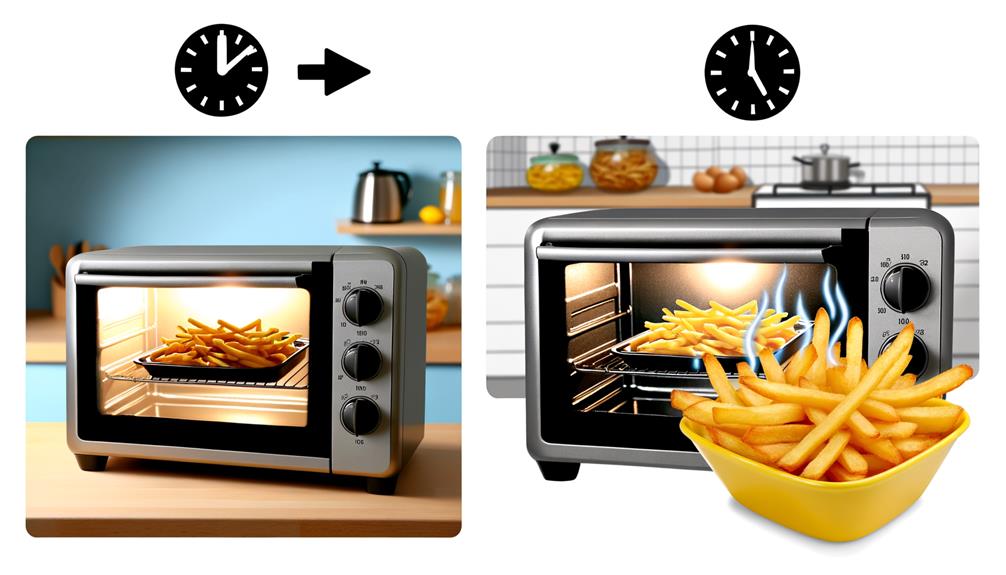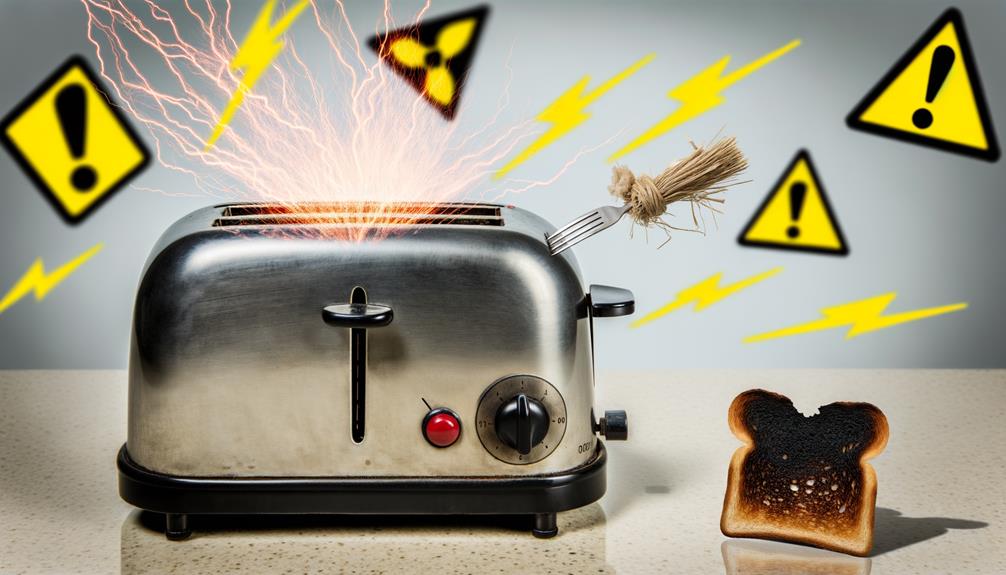There is nothing more frustrating than when a household appliance lets you down, and in particular a kitchen appliance.
Table of Contents
Toggle
Refrigerators are an important part of keeping food fresh and avoids products from spoiling or having a shorter shelf life.
If you have gone to your fridge and items in your fridge don’t feel cold then there may be an issue with your fridge but don’t worry, there are certain things you can troubleshoot and steps you can take to try and fix the issue before having to call your local handyman.
Reasons Why Your Fridge May Not Be Cooling
Your fridge is probably the most important appliance in your kitchen. It keeps food safe from bacteria.
The problem is, sometimes your fridge won’t cool down or even get cold at all. This happens when something goes wrong inside the fridge.
Fridge problems can happen for various reasons. Some common causes include:
- Improperly installed thermostat
- Faulty compressor
- Defective fan motor
- Damaged insulation
- Leaking condenser
- Low refrigerant level
- Overheating
- Dirty coils
- Poor airflow
- Water leak
- Wrong temperature setting
While some of these issues will need the attention of a professional below we outline the problems that you can rectify yourself easily without causing further damage as well as how you can check for other potential issues mentioned above.
What To Do
The first thing you need to do when your refrigerator stops working is check the power cord. Check the fuse box or circuit breaker panel.
Make sure there isn’t a blown fuse. Also, make sure the power cable is plugged into an outlet.
Next, check the fuses by turning off the main switch and then checking each individual fuse.
You should see a spark. If you don’t, replace the fuse.
Finally, try plugging the appliance back into the wall socket.
If this doesn’t work, call a professional who knows what to do or take a look at the potential issues below and how you can identify and fix them.
Improperly Installed Thermostat
To identify this issue you may need a second thermostat.
In most cases when a thermostat has been incorrectly installed the number that can be read on the thermostat will visibly be incorrect.
If you are unsure if it is wrong simply place a second thermostat in the refrigerator and leave it for one hour.
Check the number on the second thermostat and cross-reference it against the thermostat installed in the refrigerator.
If these numbers are not the same most likely the issue could be the thermostat.
To fix this you will need to speak with a professional as dealing with wiring can be dangerous for an untrained individual.
Faulty Compressor
If your refrigerator is making unusual noises, is overheating, or the compressor is clicking on and off you may have a faulty compressor.
Usually, when a compressor is not working correctly it is recommended that you buy a new refrigerator entirely as it is more cost-efficient than replacing the faulty compressor.
Defective Fan Motor
A defective fan motor can easily be identified. Simply unplug the refrigerator and check the fan blades.
Spin the fan by hand to make sure it works. Plug in the refrigerator again, and make sure the fan spins when the compressor is running as well.
If the fan doesn’t work, there may be an issue with the cabling between the blades and the motor or further into the inner workings of the refrigerator.
You will need to hire a professional to fix this issue.
Damaged Insulation
If you damage the inner lining of your fridge it could lead to further damage to the insulation.
As a result, the fridge may overheat and not maintain a cool temperature.
While you can cover up the cracks it is better to get professional advice whether a patch-up job would work.
Leaking Condenser

A leaking condenser can often result in a puddle on the inside of your refrigerator.
Simply empty the refrigerator and check the bottom of the refrigerator at the back for any gathering of water and moisture.
Check to make sure there isn’t anything stuck in the condenser fans and that they spin freely.
Problems with condensers are also a professional job to fix.
Low Refrigerant Level
Low refrigerant levels can be very dangerous as it may mean that the hazardous gas, Freon, may be blowing into your home.
To check for low refrigerant levels, hold your hand in front of the condenser.
You should feel heat, if you feel cool air most likely your refrigerator is running low on refrigerant and urgently needs attention.
Overheating
Clogged coils can cause poor cooling, vacuum the coils and the vents behind or under the fridge to make sure air can flow freely.
Dirty Coils
Coils can become dirty very easily but luckily it is just as simple to fix this problem.
Clean the coils with a vacuum cleaner to remove dust and debris, this should help your refrigerator to operate better.
Poor Airflow
Refrigerators should be kept clean and organized.
You shouldn’t put items in the refrigerator until they’re cooled off. Also, make sure you don’t crowd them in there.
Overcrowding can cause problems with air flow.
Be sure the vents on the backs of the refrigerator compartments aren’t blocked by boxes or frozen veggies.
Water Leak
Water leaks can be obvious to spot but sometimes they gather under the refrigerator and so to check you will need to check under the refrigerator if there is no leakage running out from underneath.
Check the water line also to make sure that the connections for this are tight and not leaking.
Wrong Temperature Setting
The temperature setting on your refrigerator can easily be tampered with.
You may bang against it when putting groceries into the refrigerator or if you have children they may play with the buttons or the dials.
Check what the temperature is set to, reset it to the necessary setting, and monitor to ensure that it stays at the correct temperature.
If problems persist or if the issue is something that you cannot safely fix yourself you should consider calling the refrigerator manufacturer’s support line for more troubleshooting information.
The helpline operators will be able to help you and advise whether you need to hire a professional to come and look at your refrigerator.
Certain brands offer longer warranties than others.
It is always worthwhile asking about the warranty length when purchasing a new refrigerator as in some cases, depending on what is wrong with your refrigerator a new model may be sent to you for free if your refrigerator is still under warranty.
Final Thoughts
While it can be extremely frustrating to have a refrigerator that is not cooling properly it is important to stay calm so that the issue at hand can be rectified as soon as possible.
If it is an issue you can fix yourself you should not delay getting to work as fixing the problem as soon as it is identified can prevent further damage.
If you are not able to fix the problem, call a professional and arrange a consultation.
After the consultation, the worksman will be able to tell you what the issue is, how they will fix it, and also give you a price for carrying out the work.
By following these words of advice you will have your fridge back to its usual cool self in no time.









